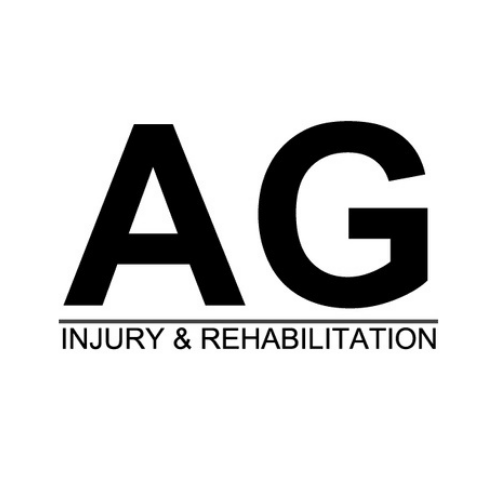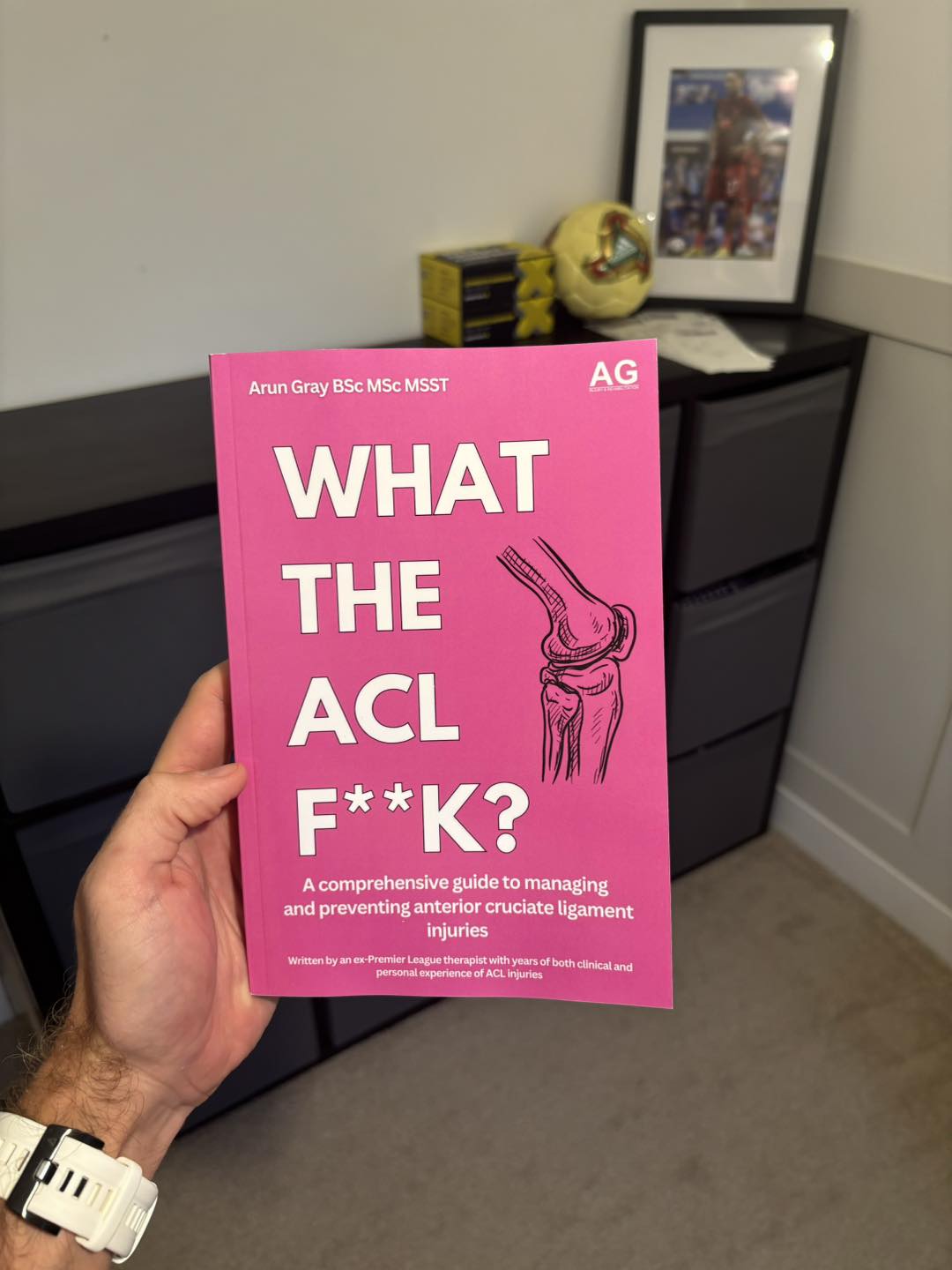Every year, over 200,000 Americans hear the dreaded "pop" that signals an ACL tear, a sound that can instantly change the trajectory of an athlete's season or an active individual's lifestyle. This common yet complex injury has led to significant advances in surgical techniques, particularly in ACL reconstruction operations.
While the prospect of knee surgery may seem daunting, modern ACL reconstruction has evolved into a highly successful procedure with predictable outcomes. Understanding the journey from injury through recovery can help patients approach their rehabilitation with confidence and realistic expectations.
Understanding ACL Injuries and Mobility Challenges
The anterior cruciate ligament (ACL) serves as one of four main ligaments in the knee, connecting the thighbone to the shinbone. Athletes often experience ACL injury symptomsduring quick directional changes or incorrect landing from jumps. When an ACL injury occurs, patients typically hear a popping sound, followed by knee instability and swelling.
These injuries directly affect a person's ability to walk, run, and perform daily activities. Without proper treatment, ACL injuries can lead to ongoing knee problems and reduced stability. Most active individuals require surgical intervention to restore normal knee function and prevent additional damage to surrounding knee structures.
Overview of ACL Reconstruction Surgery
ACL reconstruction surgery repairs the knee by replacing the damaged ligament with a tissue graft. Doctors typically recommend this surgery for athletes, active individuals, and patients experiencing ongoing knee instability. The operation uses either autografts or allografts to create a new ligament.
The procedure restores knee stability through small incisions, allowing patients to regain their active lifestyle. Orthopedic surgeons perform this minimally invasive surgery under general anesthesia, taking about two hours to complete the operation.
Surgical Procedure Details
ACL reconstruction takes place in an operating room under general anesthesia. The surgeon makes small incisions around the knee to insert a tiny camera and surgical tools. During the 2-2.5 hour operation, the surgeon removes the damaged ligament, creates precise bone tunnels, and places the new graft.
The operation follows specific steps: First, the surgeon examines the knee's interior through an arthroscope. Next, they prepare for surgical procedures by creating bone tunnels in the thighbone and shinbone. Finally, they thread the graft through these tunnels and secure it with screws or other fixation devices.
Types of Grafts Used in ACL Reconstruction
Surgeons use two main types of grafts for ACL Graft reconstruction: autografts and allografts. Autografts come from the patient's own body, typically using either the patellar tendon or hamstring tissue. These grafts offer good healing rates and lower risk of rejection.
Allografts come from tissue donors and work well for older patients or those who want to avoid additional surgical sites. The choice between graft types depends on several factors, including the patient's age, physical activity level, and the surgeon's assessment. Athletes and younger patients often receive autografts due to their stronger healing potential and reduced risk of graft failure.
Pre-operative Preparation and Considerations
Before ACL reconstruction surgery, patients undergo medical testing to check their fitness for the operation. These tests include blood work, heart function checks, and a review of current medications. Your doctor will provide specific instructions about preparing about eating, drinking, and medication use in the days before surgery.
Many patients take part in physical therapy sessions before the operation to build knee strength and flexibility. This "pre-hab" helps speed up recovery after surgery. During pre-operative visits, surgeons explain the surgical steps, potential complications, and expected outcomes to help patients make informed decisions about their care.
Immediate Post-operative Care
Most patients can walk with crutches and a knee brace on the day of ACL reconstruction surgery. Your medical team will prescribe pain medication to help manage discomfort during the first few days. Regular ice application and keeping your leg elevated above heart level helps reduce post-operative swelling.
Starting simple ankle movements immediately after surgery prevents blood clots and maintains circulation. Your doctor will give specific instructions about preparing for bandage care, showering, and activity restrictions. While some discomfort is normal, following these guidelines carefully helps set the stage for successful ACL recovery.
Recovery Timeline and Milestones
The first two months after ACL reconstruction surgery mark critical healing periods. Most patients start walking without crutches within 2-3 weeks post-surgery. The healing process follows specific stages, beginning with swelling control and motion restoration in the early weeks.
Physical therapy starts 7-14 days after the operation, focusing on rebuilding strength and range of motion. As healing continues, patients progress through structured rehabilitation phases. Full recovery and return to sports activities typically takes 9 months, though individual healing rates vary based on factors like age, overall health, and commitment to rehabilitation exercises.
Physical Therapy and Rehabilitation Process
Physical therapy after ACL reconstruction surgery starts within two weeks of surgery. The early stages focus on reducing swelling and regaining basic knee motion. Therapists guide patients through exercises that strengthen leg muscles and improve flexibility.
A structured PT program includes range-of-motion exercises, muscle strengthening, and balance training. As patients progress, they move from basic movements to more advanced activities. By following the prescribed exercises and attending regular PT sessions, patients increase their chances of returning to pre-injury activity levels.
The rehabilitation timeline spans several months, with each phase building on previous progress. Many patients work with their physical therapist 2-3 times per week, performing additional exercises at home between sessions.
Potential Complications and Risks
Like any surgical procedure, ACL reconstruction carries some risks. Common complications include infection at the surgical site, blood clots, and stiffness in the knee joint. Some patients experience ongoing pain or loss of motion after surgery, while others may face graft failure if the new ligament doesn't heal properly.
Signs of complications include unusual pain, redness, or warmth around the knee, fever, excessive swelling, or difficulty moving the joint. Regular check-ups with your doctor help catch potential issues early. Following post-operative instructions, keeping incisions clean, and sticking to prescribed medications reduces the risk of complications.
Long-term Outcomes and Success Rates
ACL reconstruction surgery shows strong results in restoring knee stability and function. Medical data indicates that 80-90% of patients return to their normal activity levels after proper rehabilitation. Patients who follow their physical therapy program often report better knee control and reduced pain during daily activities.
Several factors affect long-term success, including the patient's age, fitness level before surgery, and dedication to rehabilitation. Most patients maintain good knee function years after surgery, with studies showing that ACL reconstruction can help prevent early onset of knee arthritis. Regular exercise and proper warm-up routines after recovery help maintain the surgery's benefits over time.
Return to Sports and Normal Activities
Athletes can typically resume sports activities around 9 months after surgical procedures and recovery. Before returning to play, patients must pass strength tests, stability assessments, and movement evaluations. Physical therapists check for equal leg strength, proper landing mechanics, and sport-specific movement patterns.
A step-by-step return begins with basic running and agility drills, progressing to sport practice without contact. Players start with individual drills before joining team activities. Wearing a functional knee brace during sports helps protect the reconstructed ACL. Regular exercise maintenance and proper warm-up routines reduce the risk of future knee injuries.
Patient Experiences and Testimonials
Recovery from ACL reconstruction varies among patients, with many reporting improved knee stability after completing rehabilitation. Some patients return to sports within 9 months, while others need additional time to build confidence. A common thread among successful recoveries is strict adherence to physical therapy programs.
Many patients describe experiencing ACL injury symptoms like the distinctive "pop" during injury, followed by immediate pain and swelling. After surgery, they often note that the first few weeks require patience and dedication to exercises. Those who maintain positive attitudes and follow their recovery plans typically report better outcomes.
Active individuals who complete the full rehabilitation process frequently share that their knees feel stronger than before surgery. Recovery stories highlight the importance of setting realistic goals and celebrating small victories throughout the healing journey.
Expert Insights from Orthopedic Surgeons
Orthopedic surgeons stress that each ACL reconstruction operation requires a unique approach based on patient factors like age, activity level, and overall health. Many doctors note that patients often think surgery alone fixes the problem, when successful outcomes depend heavily on following rehabilitation protocols.
Recent improvements in surgical tools and methods have made ACL procedures more precise. Surgeons now use advanced imaging during operations to place grafts in optimal positions. They also point out that proper graft selection and placement techniques reduce the chance of re-injury.
Experienced surgeons report that meeting pre-surgery goals through physical therapy often leads to better post-operative results. They recommend patients ask detailed questions about recovery expectations and maintain open communication throughout the healing process.
Tips for Optimizing Recovery
A balanced diet rich in protein, vitamins, and minerals helps repair tissue after ACL reconstruction surgery. Patients should eat lean meats, fish, fruits, and vegetables while staying hydrated. Getting enough sleep allows the body to heal and reduces recovery time.
Mental preparation for surgery plays a key role in successful outcomes. Setting weekly goals helps track progress, while joining support groups connects patients with others going through similar experiences. Many patients find that keeping a recovery journal helps them stay motivated.
Physical tools like ice machines and compression devices reduce swelling between therapy sessions. Some clinics offer technology-assisted exercises to track movement patterns and strength gains. Following your doctor's recommendations about when to start specific activities prevents setbacks during the healing process.
Follow-up Care and Long-term Management
Regular check-ups with your surgeon continue for several months after ACL reconstruction surgery. These visits help track healing progress and catch potential issues early. Doctors typically schedule appointments at 2 weeks, 6 weeks, 3 months, 6 months, and one year after surgery.
Many patients benefit from ongoing exercises to maintain knee strength and flexibility. Simple activities like swimming, cycling, or walking support joint health without putting excess stress on the knee. Some doctors suggest wearing a functional knee brace during high-impact activities, even years after surgery.
Your medical team might recommend changes to your exercise routine or sport techniques to prevent future ACL injuries. Local sports medicine clinics often provide movement assessments and training programs to help patients stay active safely.
Final Thoughts on ACL Reconstruction
ACL reconstruction operations represent a remarkable achievement in modern orthopedic surgery, offering patients a reliable path back to active lifestyles. With success rates reaching 90% among patients who follow proper rehabilitation protocols, the procedure has become a trusted solution for restoring knee stability and function.
The journey through ACL reconstruction requires patience, dedication, and a strong partnership between patient and medical team. While the road to recovery may be challenging, the combination of advanced surgical techniques, comprehensive rehabilitation programs, and proper long-term management enables most patients to return to their preferred activities with renewed confidence and stability.

